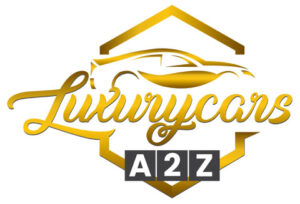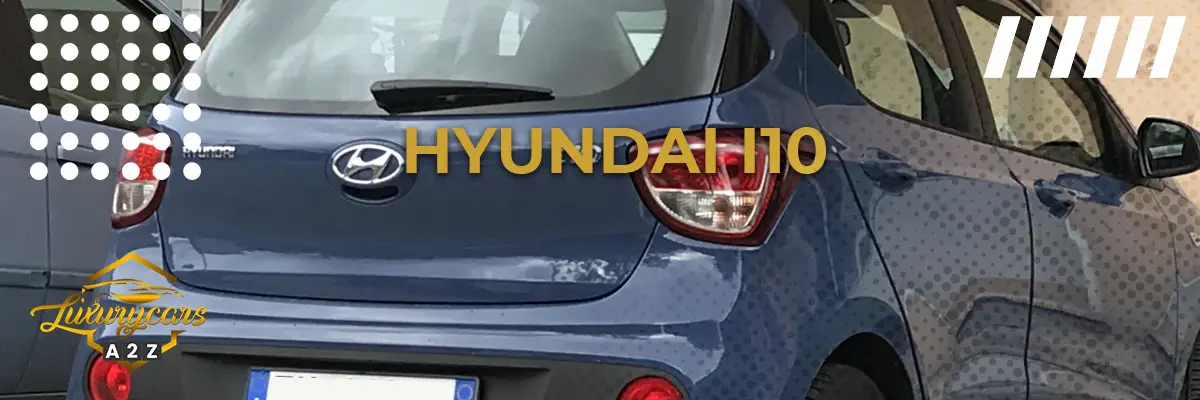The Hyundai i10 is a popular subcompact car known for its fuel efficiency, practicality, and affordability. It is the smallest car Hyundai offers and is primarily being sold in Europe where small cars and tiny city streets and lack of parking make for a very good combination. The i10 came around back in 2007 and has since spawned three different generations.
Throughout its 16-year lifespan, there were many iterations of the i10, some were better than others. In this article, we will tell you everything you need to know about all the Hyundai i10 years to avoid and why. To start off, we do need to stress that this does not mean that these i10 model years are not viable used cars, but rather that there is a chance you may encounter issues with these.
Additionally, newer models of the i10 have received generally positive reviews and are considered reliable cars as is the case with the majority of newer Hyundai models. As always, it’s important to do your research, inspect any used car thoroughly, and test drive before making a purchase decision.
The four Hyundai i10 years to avoid are the 2008 i10, the 2011 i10, the 2013 i10, and the 2015 i10. If you do come across these, you’ve come to the right place as this article will tell you all you need to know about them.
These are the common issues with Hyundai i10.
2008 Hyundai i10
The little pioneering 2008 Hyundai i10 is a subcompact car that received generally positive reviews upon its release but is often viewed as under-average. One reported issue is with the steering system, with some owners experiencing a knocking noise and difficulty in turning the steering wheel. This could be caused by a faulty power steering pump or a loose belt.
Electrical faults were also reported, including problems with the battery and alternator, with some owners experiencing the battery draining quickly, or the car not starting or stalling. Some owners also reported suspension issues, such as noisy shocks and struts and uneven tire wear.
While the 2008 i10 is not necessarily a year to avoid, these reported issues are worth considering when looking to purchase a used vehicle. Proper maintenance and care can help prevent problems from occurring, but it’s important to inspect any used car thoroughly and take it for a test drive before making a purchase decision.
2011 Hyundai i10
The 2011 Hyundai i10 also has its own fair share of trouble including an issue with the suspension system and wheel bearings, which many owners reported as faulty and requiring potentially costly repairs if they do indeed break.
Additionally, some owners reported issues with the air conditioning system, with some experiencing it not working at all or not providing sufficient cooling. Finally, some owners reported issues with the gear shift, including it becoming stuck or difficult to shift gears.
2013 Hyundai i10
The 2013 Hyundai i10 generally is a really good car and it was difficult to decide which models to put on this list. However, the 2013 i10 also found its place on the list because it suffers from a few notable problems while also being subjected to a rather dangerous recall affecting a brake pedal issue that could cause a complete lack of braking power.
The power steering system also seems to be an issue, with some owners experiencing a loss of power steering assistance while driving. Another issue that some owners reported is with the clutch system, with some experiencing difficulty in shifting gears or the clutch pedal sticking.
Air conditioning was also rather a “hot“ topic as there were instances where the i10 couldn’t cool down the cabin efficiently.
2015 Hyundai i10
The 2015 Hyundai i10 has been reported to suffer from a few issues that are worth considering when looking to purchase a used model. One of the reported issues with this model is a power loss from the engine. Some owners have reported that the engine loses power when accelerating, which can be a serious safety concern when driving.
This issue may be caused by a variety of factors, such as a clogged fuel filter or a malfunctioning fuel pump. Another issue that some 2015 i10 owners reported is harsh ride quality. Some owners found the ride to be too stiff or uncomfortable, which can make long trips unpleasant. The harsh ride quality may be caused by a variety of factors, such as worn suspension components or improper tire pressure.
FAQ Section
How Good Is the Hyundai i10?
Overall, the Hyundai i10 is a solid choice for anyone looking for an affordable and reliable small car. It’s important to note that older models of the i10 may have some reported issues, so it’s worth doing your research and considering the model year and condition of any used i10 you are considering purchasing.
Even though the 2008, the 2011, the 2013, and the 2015 i10 models were often viewed as problematic, these issues aren’t always universal which means that some of these four model years can be as good or even better than the very best Hyundai i10 models.
How Long Can the Hyundai i10 Last?
Hyundai is known for building reliable cars, and the i10 is no exception. It has been designed and engineered with quality materials and components, and the manufacturer provides a five-year warranty that covers most of the car’s major components.
Regular maintenance, including oil changes, tire rotations, and tune-ups, can help extend the life of the car. It’s also important to address any issues or problems as soon as they arise to prevent further damage and to always look for used cars that come with extensive service history.
What Is the Most Reliable Hyundai i10 Model Year?
The second generation of the Hyundai i10, which was introduced in 2013 and updated in 2017, is generally considered to be the most reliable model year of the i10. This version of the i10 was praised for its spacious and comfortable interior, fuel efficiency, and overall value for money.
In terms of specific model years, the 2017 and 2018 i10 have received particularly good reviews for their reliability and durability. These models are equipped with a 1.0-liter or a 1.2-liter petrol engine and offer good fuel economy and handling.

